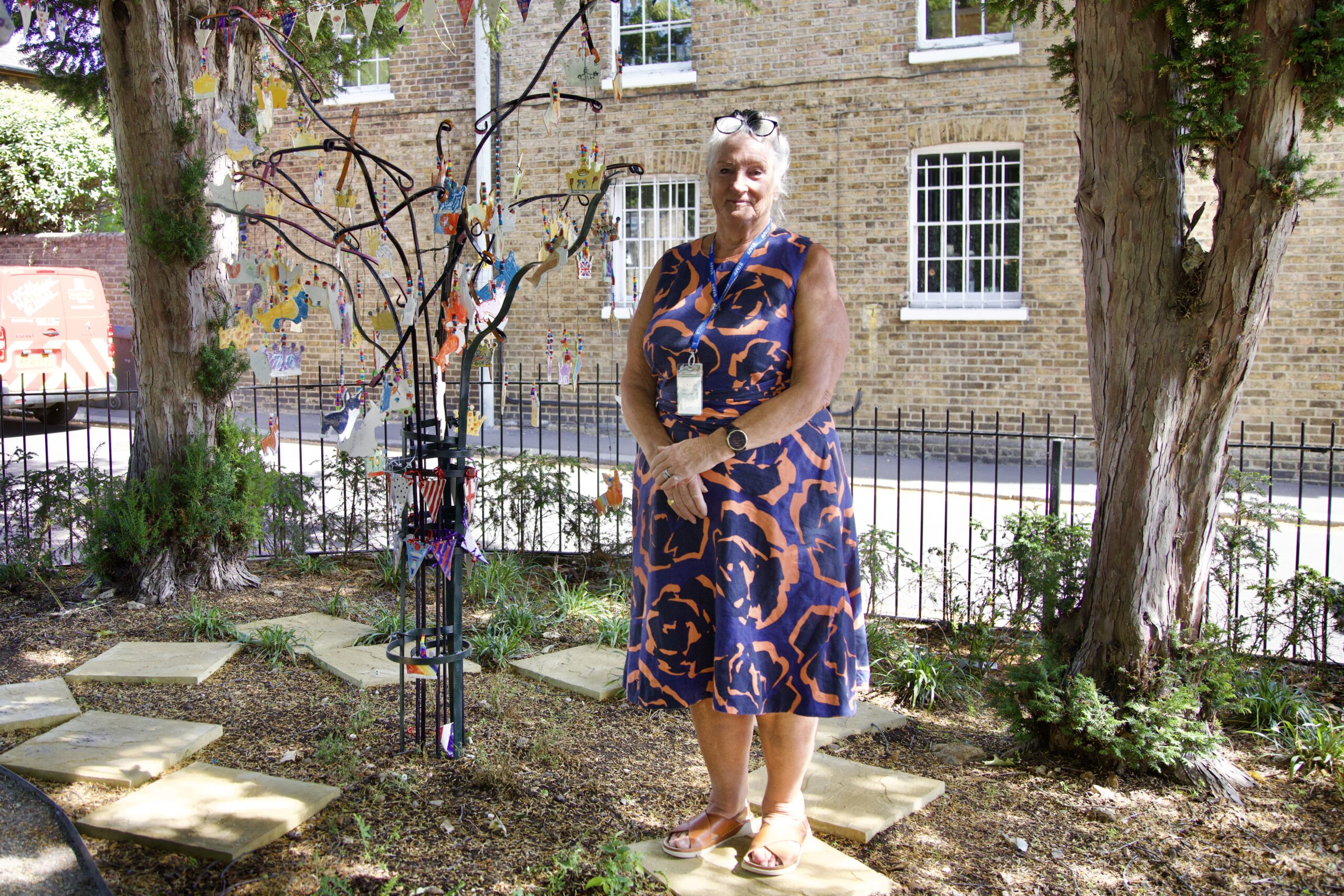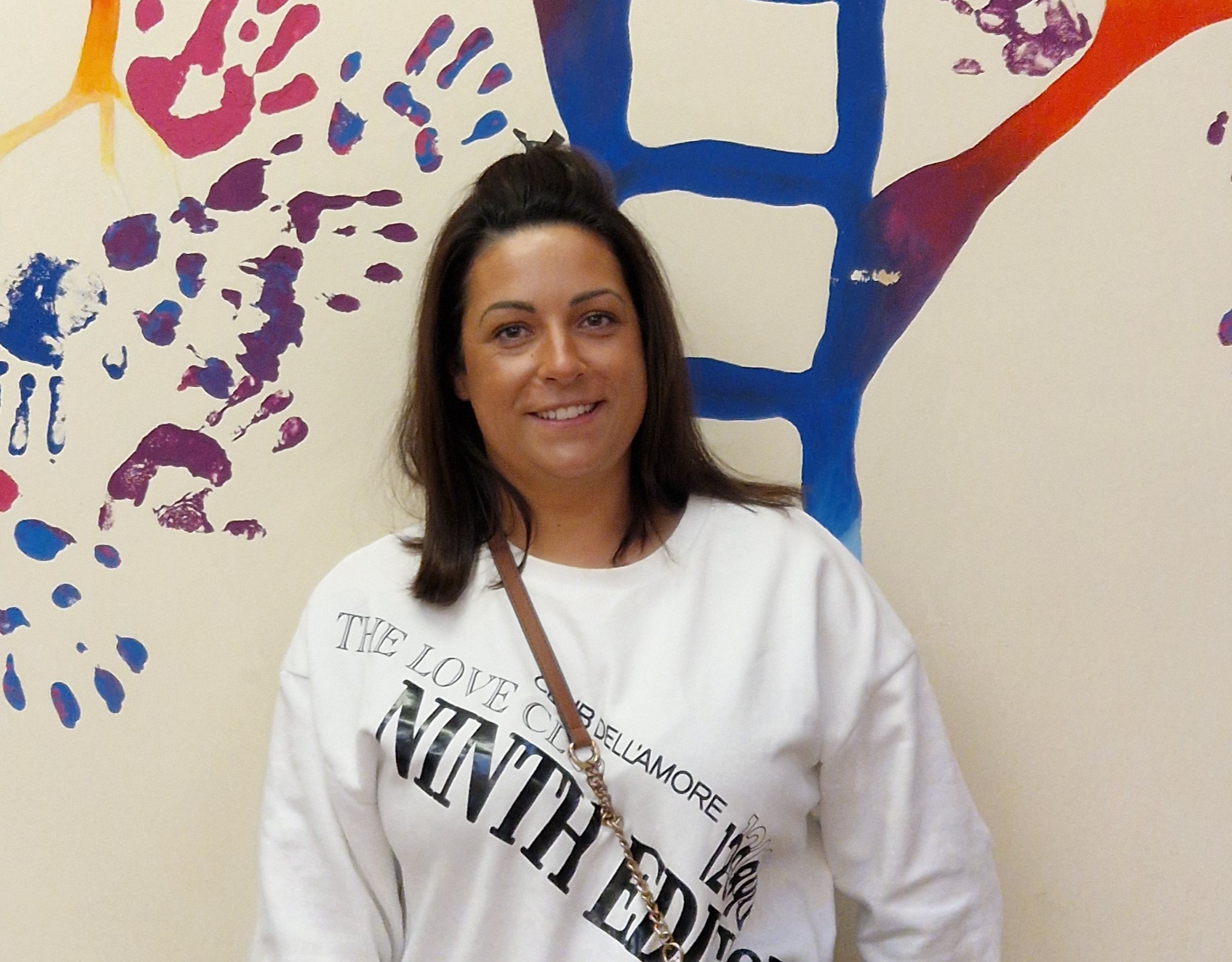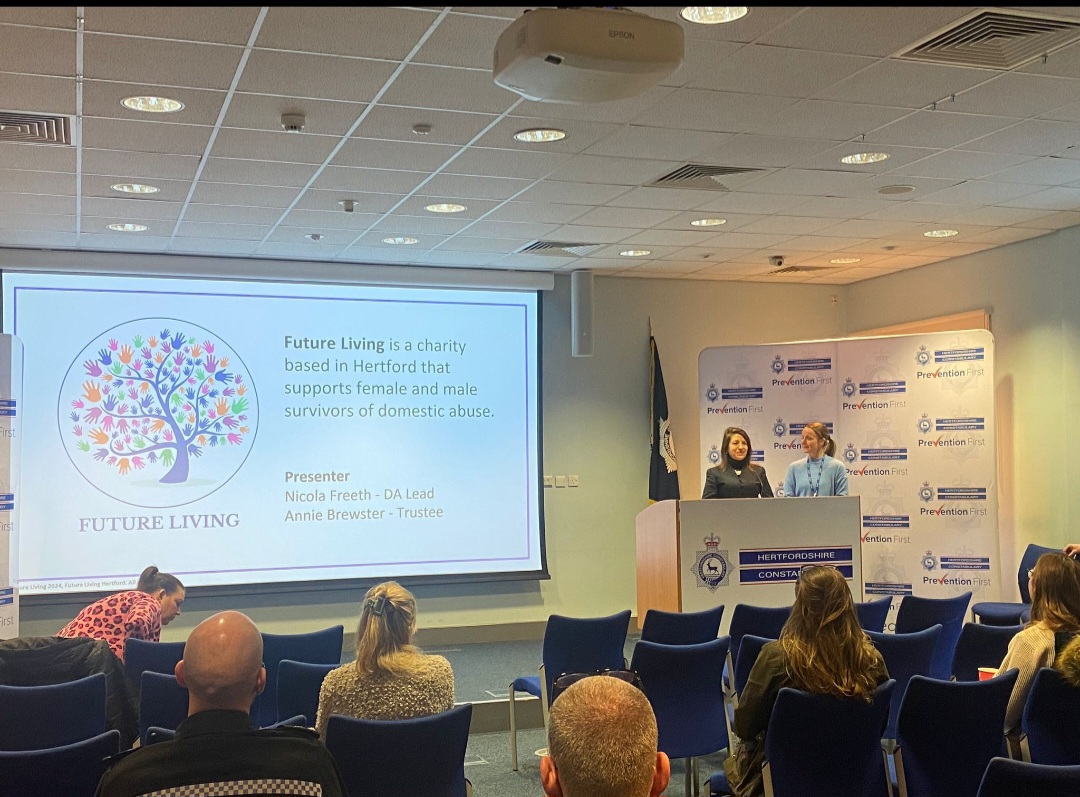Whenever domestic abuse is mentioned, commonly people tend to think of the physical abuse this can entail. There is a standardized misconception that it only happens to women and it is mainly physical. However, there is a darker side to domestic abuse, a type of abuse which can prove even more dangerous to the victims it encapsulates. It is called coercive control.
Perhaps not least because of the fact that this kind of abuse, unlike physical injuries, is invisible to the naked eye. Yet it can be just as damaging to the victim.
What is coercive control?
Coercive control is controlling behaviour which can vary in extremes. Examples of this may include controlling the victims finances, using gaslighting techniques to further manipulate the victim, stopping the victim from seeing friends or family or punishing or blaming the victim for situations which were not their fault. Ultimately, it is about the perpetrator believing that they are in control of the victim, leaving them believing that there is no way out.
How does this affect the victim?
Those who are subjected to this type of abuse are often left feeling confused. In most cases, they are unaware of what is happening to them whilst they are in the relationship. They are brainwashed to believe that this behaviour is normal and are led to believe that it is their fault. The victim will do the utmost to please the perpetrator out of fear. Sadly this cycle continues and in extreme cases, can escalate to physical violence further down the line.
Who does it happen to?
Both men and women can be victims of coercive control. It can also affect children who are living in the household, who may witness the abuse and behavior. Family members and friends may notice a change in the victim, although many victims tend to keep the abuse to themselves.
How can Future Living help?
We work with victims who are no longer in the relationship, or living with the perpetrator. We focus on the victim’s recovery through programmes such as The Monica programme for women and Wise Guys for men. Counselling is also available, to help survivors of domestic abuse come to terms with what they have been through. Our aim is to help them learn how they can move forward with their lives.
The role we play in the victim’s journey is crucial. It often not until after the relationship has ended that the victim understands that what has happened to them is a form of abuse. In the most extreme cases, coercive control carries a minimum prison sentence of 5 years under the Section 76 Serious Crime Act 2015 (SCA 2015).







